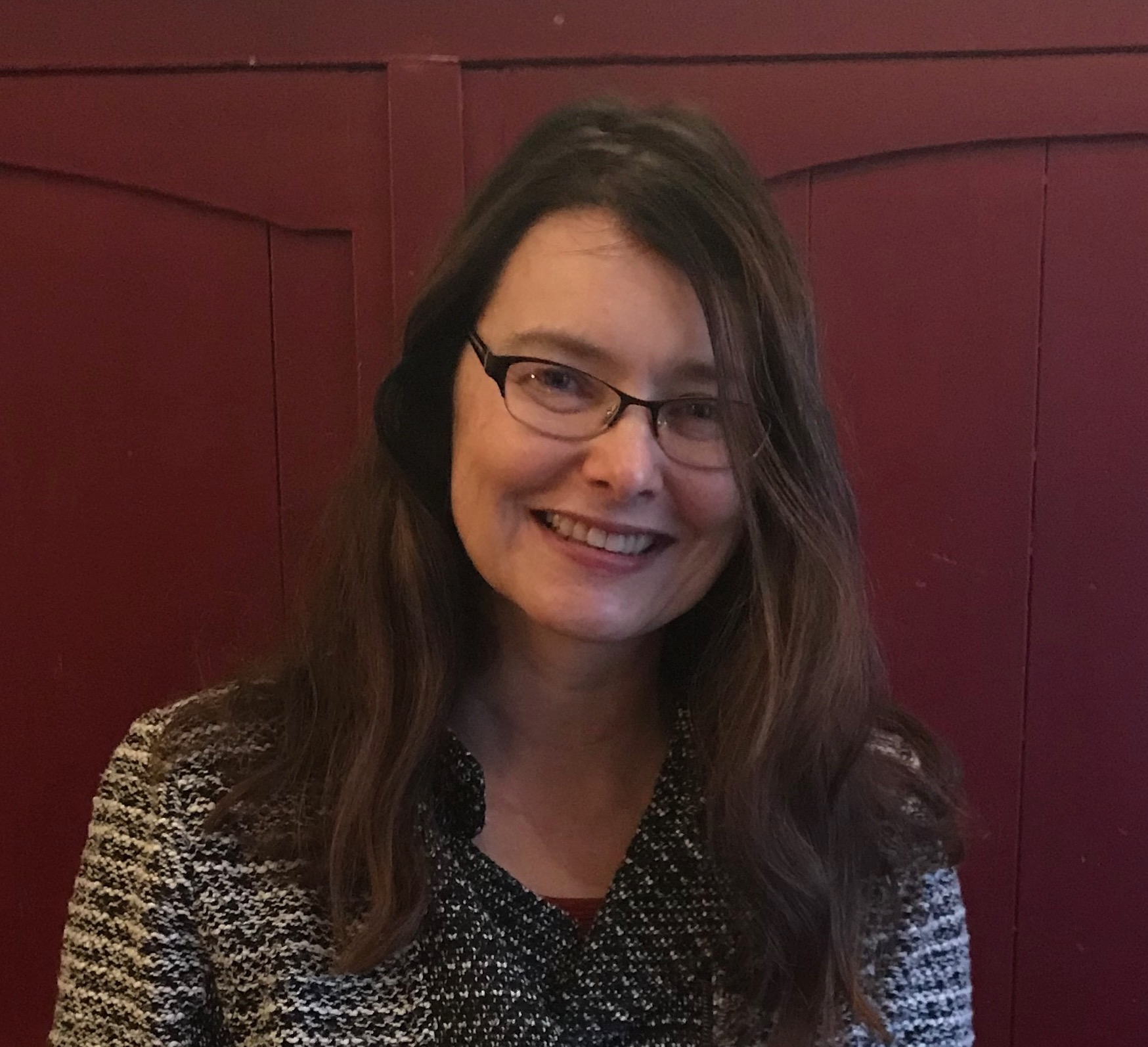Eleanor Courtemanche (English) is a 2021-2022 HRI Faculty Fellow. Courtemanche’s project, “Fragile Capitalism: The Long Afterlife of Victorian Crisis,” consists of two parts: a re-reading of fin-de-siècle utopian and socialist thought in Britain and the United States, and a reconsideration of the fate of Victorian liberalism in the late 20th century, when it returned as “neoliberalism.”
Learn more about HRI’s Campus Fellowship Program, which supports a cohort of faculty and graduate students through a year of dedicated research and writing in a collaborative, interdisciplinary environment.
What is unique about your research on this topic?
There are a few different ways of describing the intersection of economics and literature: the “new economic criticism,” which gets into historical details about often-obscure economic theorists; Marxist historiography, which takes a longue-durée approach to questions of class power; and economic formalism, which looks for homologies between the structure of money or capital and fictional narratives. I’m drawing from all of these while considering novels from both Britain and America—perhaps the most thoroughly financialized economies between 1870 and 1914.
So that’s a lot of discourses! What unifies the project is an interest in how time is represented in stories about capitalism. Does capitalism rise and fall, like the Roman Empire? Does it end in a revolution, like the ancien régime in France in 1789? Will it end in an economic crisis like the Great Depression, or a political debacle? Could it evolve peacefully into civilized socialism? Or will it just last forever, absorbing every shock and becoming more resilient?
“Many economic theories are based on the idea of linear progress, but literary narratives can encode more complicated movements through time, including repetition, reversal, and the Gothic return of the repressed.”
What drives your interest in this research?
What first got me interested in the fate of capitalism was the fall of the Berlin Wall in 1989, when I was in college. I’d grown up in a world in which capitalism was like an armed camp, with a clear boundary against its supposed polar opposite, communism. When that boundary dissolved, one side of the equation was presumed to vanish while the other reigned supreme during the age of “globalization.” I was one of many Americans who travelled around Eastern Europe in the early 1990s, seeing signs everywhere of the return of pre-1914 political categories. Some Cold-War era street signs were crossed out and replaced with an earlier street name from before World War I. I wondered whether capitalism, the supposed “victor of history,” was also reverting to an earlier form without its great opponent.
That’s what led me to look for the pre-history of the Cold War in 19th-century European culture, and what interests me now about the return of some of those earlier categories, like eco-socialism and neo-liberalism. I look for traces of lost futures in sprawling realist novels by Dickens that try to capture the breadth of their whole society, as well as naturalist novels about tragic systemic breakdown, and utopias from the 1890s that tried to solve industrial problems. Modernist dystopias reacted harshly against the idea of utopian planning, but those books also envisioned societies that incorporated communal child-raising, careers for women, harmony with the environment, income taxes, and public health insurance.
“In an age of flux when we are no longer certain whether our economic or political institutions will hold, researching the past can help us work through our own possible futures.”
